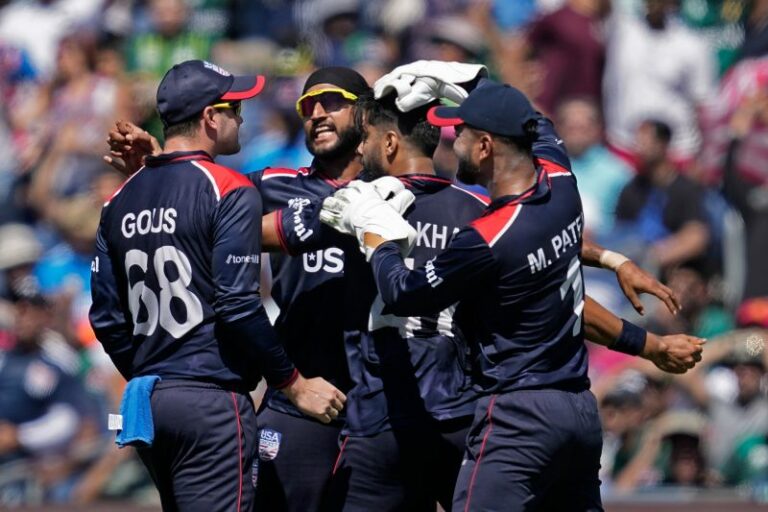Exploring the Role of Cricket Analytics in Game Planning
99Exch, Gold365: Data analysis plays a vital role in shaping strategic decisions within the realm of cricket. By delving into the realms of statistics and performance data, teams can gain valuable insights that aid in formulating effective game plans. These analytics provide a window into the strengths and weaknesses of both individual players and the team as a whole, allowing for tailored strategies that maximize the chances of success on the field.
Furthermore, data analysis enables teams to identify patterns and trends that may not be immediately obvious through simple observation. By leveraging statistical modeling techniques, such as regression analysis and machine learning algorithms, teams can make more informed decisions about player selection, batting orders, and bowling strategies. This data-driven approach not only enhances performance on the field but also empowers teams to adapt more quickly to changing game situations, giving them a competitive edge over their opponents.
Utilizing Statistical Models to Predict Player Performance
Statistical models play a crucial role in predicting player performance in cricket. By analyzing historical data such as players’ past scores, batting averages, bowling economy rates, and other relevant statistics, these models help teams gain insights into the potential outcomes of matches. These predictions assist coaches and team management in making informed decisions regarding player selection and strategy development.
Moreover, statistical models enable teams to identify trends and patterns in player performance that may not be easily observable through qualitative analysis alone. By quantifying various factors that contribute to a player’s success on the field, these models provide a systematic and objective approach to evaluating performance. Ultimately, the use of statistical models enhances a team’s ability to optimize its lineup and tactics, giving them a competitive edge in the dynamic and unpredictable world of cricket.
Identifying Key Performance Indicators for Effective Game Planning
Key Performance Indicators (KPIs) play a crucial role in shaping successful game strategies in cricket. These indicators provide teams with valuable insights into player performance, allowing coaches and analysts to make informed decisions based on concrete data. By analyzing key metrics such as batting average, strike rate, bowling economy, and fielding efficiency, teams can identify areas of strength and weakness to tailor their game plans accordingly.
Moreover, KPIs help in benchmarking player performance against set goals and standards, enabling coaches to track progress and implement targeted training programs. By focusing on specific metrics that directly impact the outcome of the game, teams can streamline their strategic approach and enhance overall performance on the field. Ultimately, the ability to identify and leverage key performance indicators is essential in maximizing player potential and achieving success in cricket.







